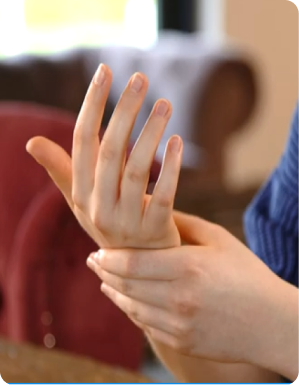
When the heel of the hand hurts - 5 effective methods against KTS
Palm pain - a common sign of carpal tunnel syndrome (CTS), a common condition that causes pain and numbness in the hands and fingers. It is caused by pressure on the median nerve in the wrist, whic...
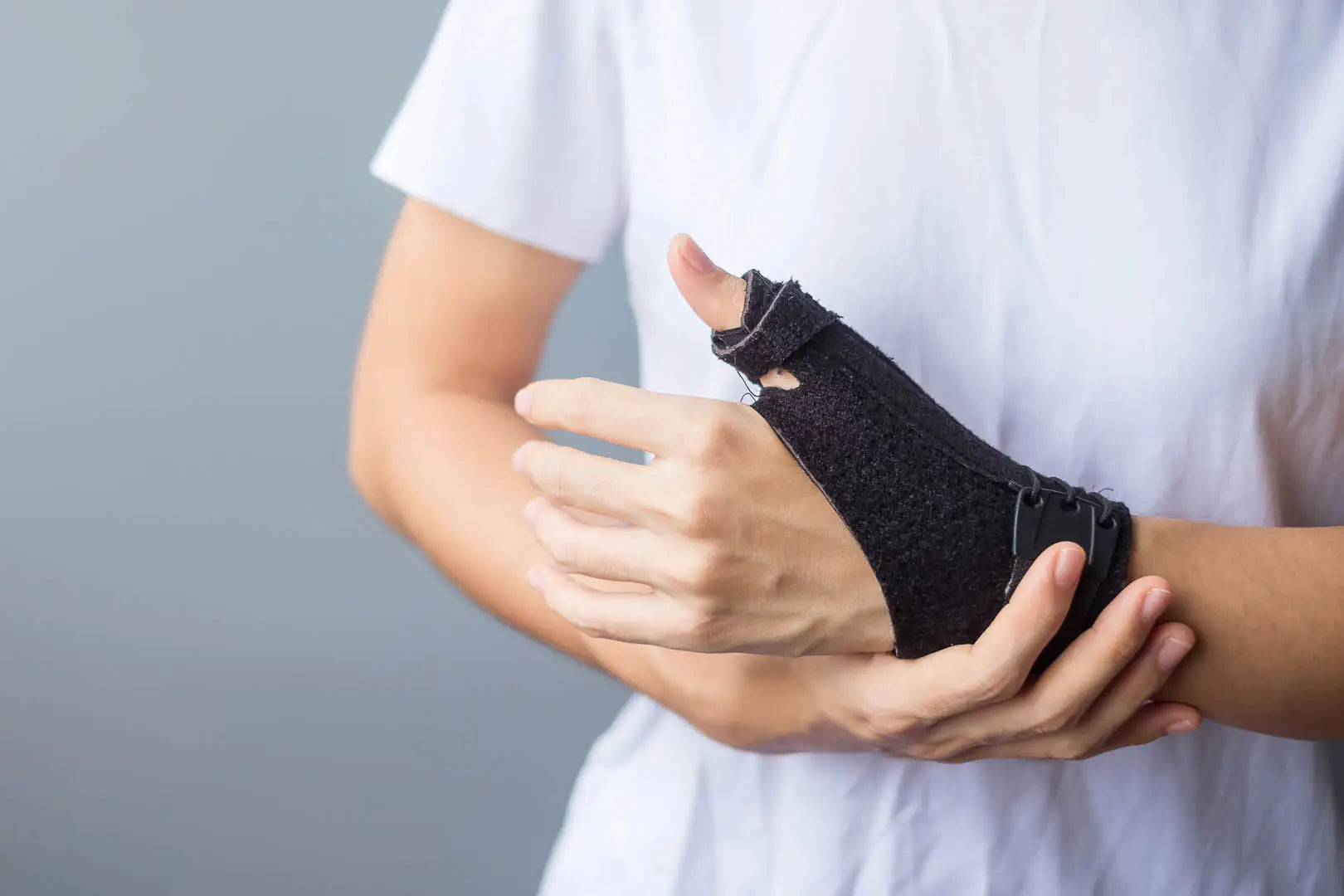
Carpal tunnel syndrome (CTS) is a condition characterized by symptoms such as tingling, numbness and other unpleasant sensations in the wrist area. Those affected often complain of discomfort, part...
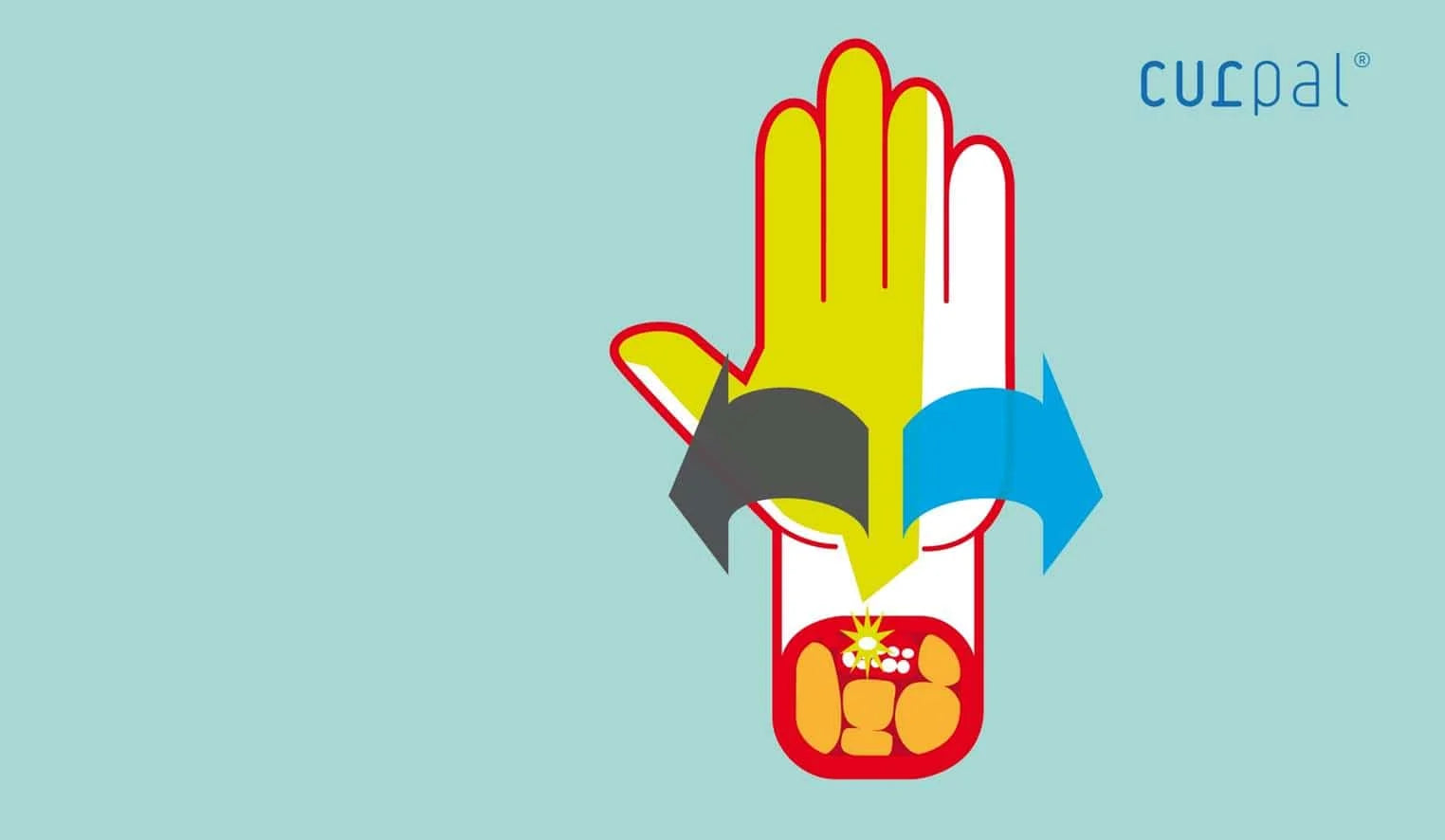
8 Natural solutions and treatment methods for carpal tunnel syndrome
Treatment methods Carpal tunnel syndrome: The carpal tunnel is a channel in the area of the carpus that is bounded by bone and connective tissue. It is located on the inside of the wrist and the ca...

Does health insurance cover the costs of carpal tunnel syndrome?
Until now, the only option for people suffering from carpal tunnel syndrome was surgery. That is now different. With curpal® you can treat carpal tunnel syndrome without surgery and without the use...
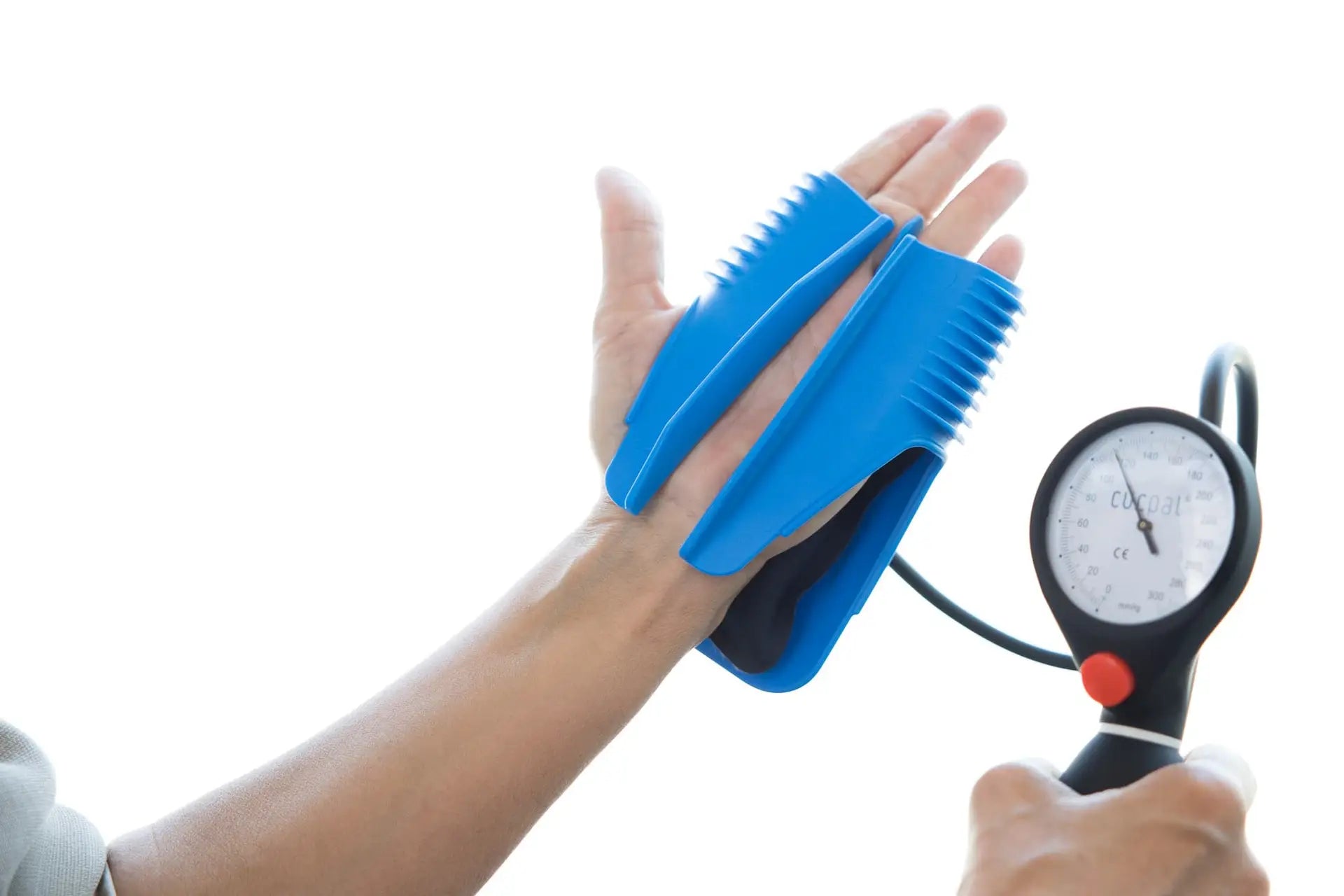
New carpal tunnel syndrome splint: 3 tips for treatment
Our hand consists of 27 bones, 36 joints and 43 muscles. All of this is necessary for us to be able to grip, write, squeeze or play an instrument. Carpal tunnel syndrome impairs the function of th...

Tingling in the hands: Carpal tunnel syndrome?
Tingling in the hands, especially at night, numb fingertips or fingers and hands that fall asleep: when the typical symptoms of incipient carpal tunnel syndrome (CTS) appear, those affected should ...
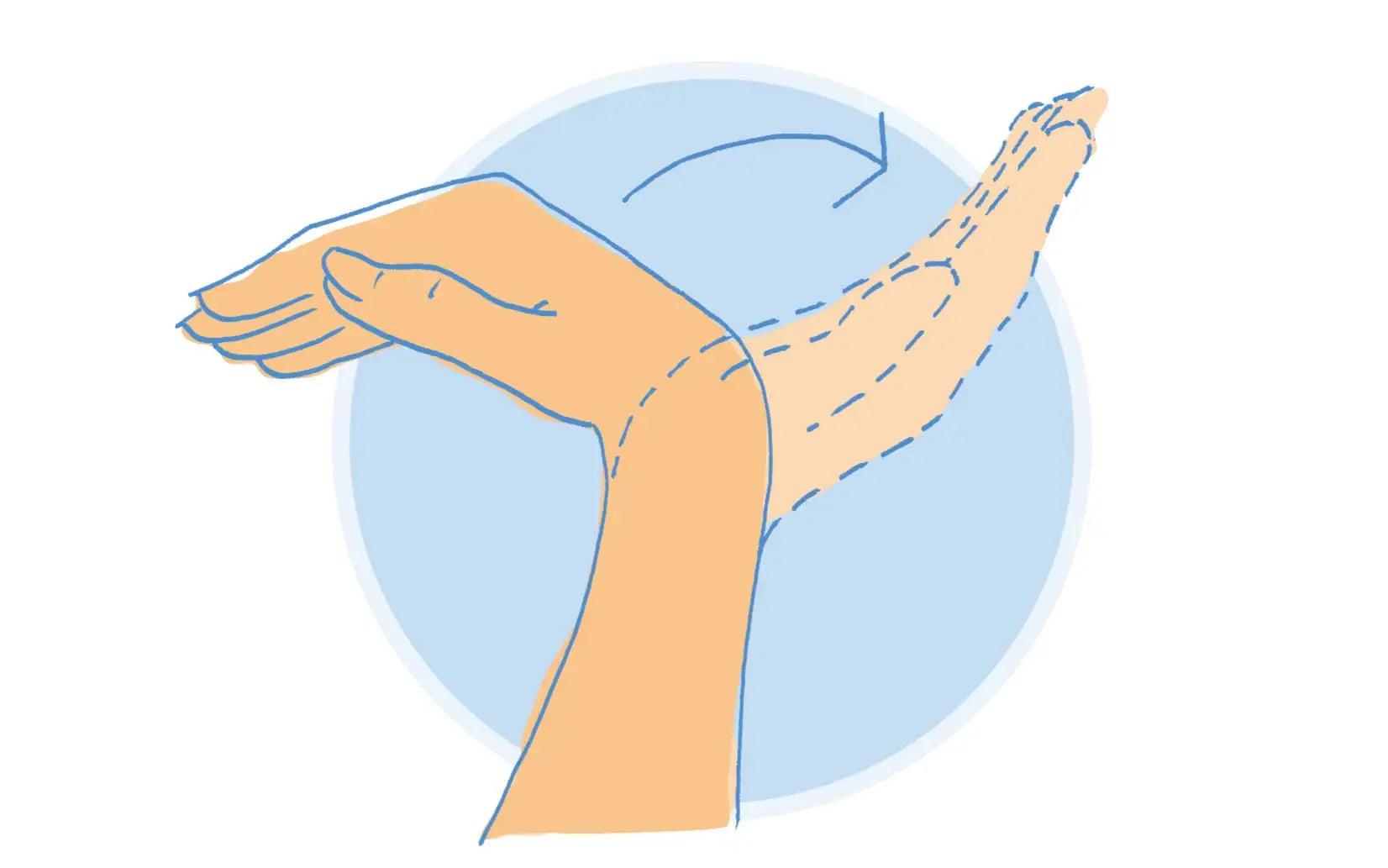
Carpal tunnel syndrome and pregnancy. 5 tips.
During pregnancy, swelling and water retention can increase the pressure on the carpal tunnel, compressing the nerve. These 5 tips can help you to relieve pain and numbness. You can listen to this...
FAQ
Frequently Asked Questions
Are there any studies that have investigated the effectiveness of curpal®?
curpal® is one of the so-called manual therapies. A prospective randomized study has come to the conclusion that manual therapy, which includes the use of curpal®, is just as effective as surgery. The study compared the effects of a surgical procedure with weekly manual therapies. In the study, 50 of the 100 participants underwent surgical treatment. All had pain and sensory disturbances in the area supplied by the median nerve for at least 6 months. According to the study, the patients who received manual treatment even reported less pain after 3 months than those who had undergone surgery. The results of this study are consistent with the feedback from our patients. Click on this link if you would like to see the study, which was published in the Dt. Ärzteblatt.
Does treatment with curpal® have side effects?
Treatment with curpal® has no side effects. If necessary, you can use curpal® in consultation with your doctor. This is especially true for people with osteoporosis.
Does the health insurance company cover the costs for curpal®
Although curpal® has medical approval, it is not yet listed as an aid in the catalog of reimbursable products. This is why the purchase costs of the device are not routinely covered by health insurance. However, we recommend that you always ask your own health insurance provider.
How should you use curpal®?
curpal® should initially be used daily for 6 to 8 weeks, approximately 3 x 3 x 3: you take curpal® three times a day and pump up the device three times with each use, allowing the stretch to take effect for three minutes each time. The symptoms often subside significantly within the first 3-6 weeks, so that treatment can then be reduced. After around 8 weeks, treatment with curpal® is required either preventively or only when pain symptoms return. The effort required to use curpal® is minimal, 3 x 3 minutes per application is sufficient.


